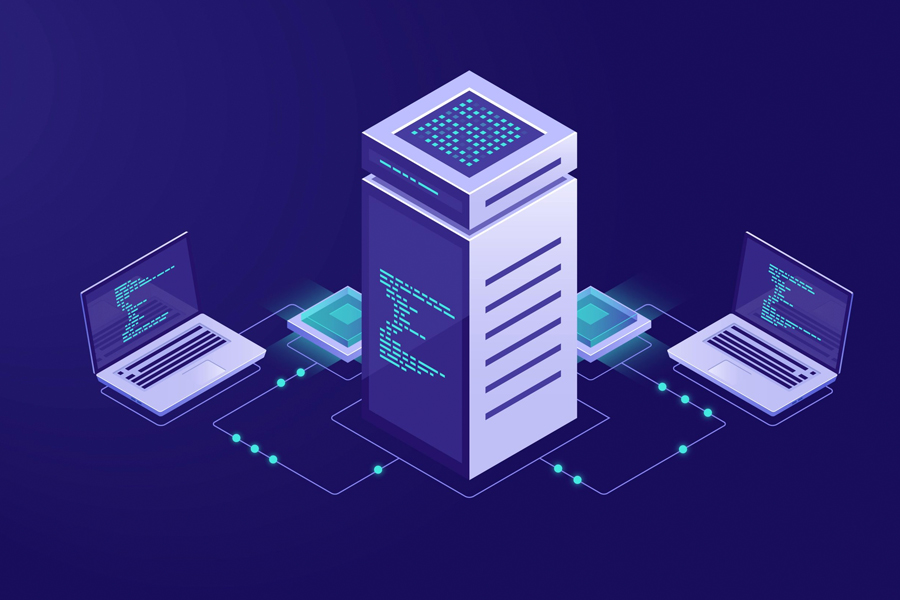Are you ready to unleash the power of Virtual Private Servers (VPS) and take your online presence to the next level? Say goodbye to the common misconceptions surrounding VPS hosting and get ready to dive into everything you need to know about setting up, managing, and troubleshooting your very own VPS server. Get ready for a deep dive into demystifying VPS – let’s make it happen.
Common Myths about VPS Hosting Debunked
Myth #1:
VPS hosting is only for tech experts. The truth is, you don’t need to be a coding genius to navigate the world of VPS. Many hosting providers offer user-friendly interfaces and support to help even beginners get started with ease.
Myth #2:
VPS servers are expensive. While it’s true that VPS can come with a higher price tag than shared hosting, the benefits outweigh the costs. With increased performance, security, and customization options, investing in a VPS can be a game-changer for your online presence https://racknerd.promo/ .
Myth #3:
Managing a VPS server is too complex. Thanks to advancements in technology and user-friendly control panels, managing a VPS has never been easier. From installing applications to monitoring performance, you’ll have full control over your server without getting lost in technical jargon.
Don’t let these myths hold you back from experiencing the power of Virtual Private Servers.
Tips for Setting up and Managing a VPS Server
Setting up and managing a VPS server can seem daunting at first, but with the right tips and guidance, it becomes much more manageable.
Choose a reputable hosting provider like RackNerd to ensure reliable service and support throughout your VPS journey. Research their offerings and select a plan that best suits your needs – whether it’s for personal projects or business websites.
Next, familiarize yourself with the control panel provided by your hosting provider. This interface allows you to monitor your server’s performance, install applications, manage files, and more.
Take advantage of automated backups to safeguard your data in case of unexpected issues or accidents. Regularly backing up your files is crucial for peace of mind.
Furthermore, keep your VPS server updated with the latest software patches and security updates to protect against potential vulnerabilities.
Consider implementing additional security measures such as firewalls and encryption protocols to enhance the overall security of your VPS server.
Troubleshooting common issues with VPS
As with any technology, issues may arise when using virtual private servers. Here are some common problems you may encounter when managing a VPS:
1. Network Connectivity Issues:
If you are experiencing connectivity problems, check your network configuration settings and ensure that the firewall is not blocking any necessary ports.
2. Performance Degradation:
Slow performance could be due to high resource usage or inefficient configurations. Monitor resource usage regularly and optimize settings as needed.
3. Security Breaches:
Keep your VPS secure by regularly updating software, implementing strong passwords, and monitoring for unusual activity.
4. Software Compatibility Problems:
Ensure that the software you are running on your VPS is compatible with the operating system and other applications installed on the server.
By being proactive in monitoring your VPS server and addressing issues promptly, you can ensure smooth operation and optimal performance of your virtual private server hosting environment.

